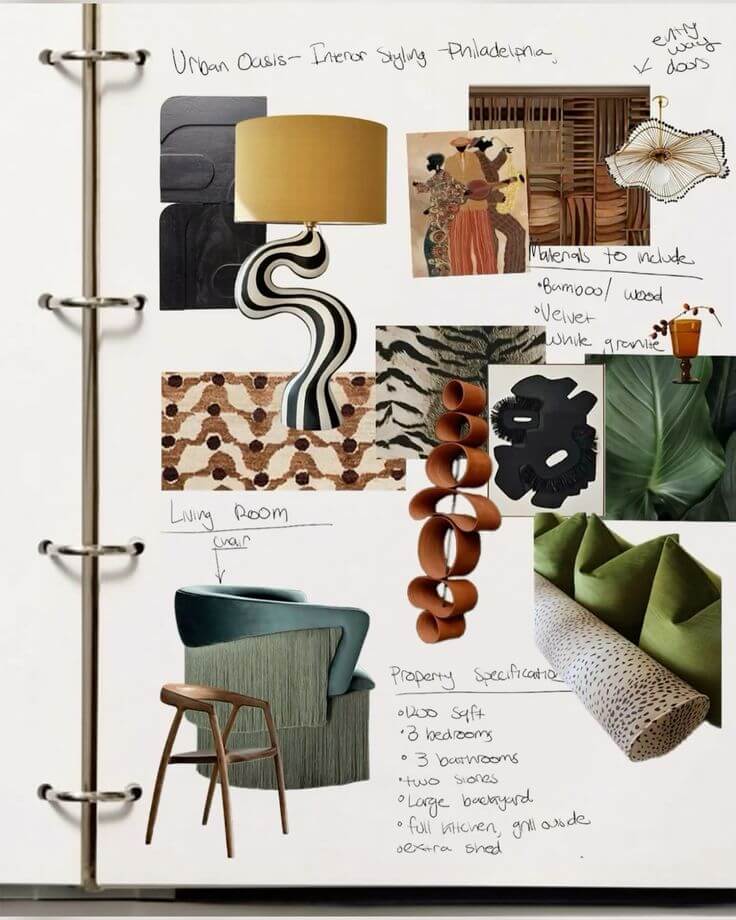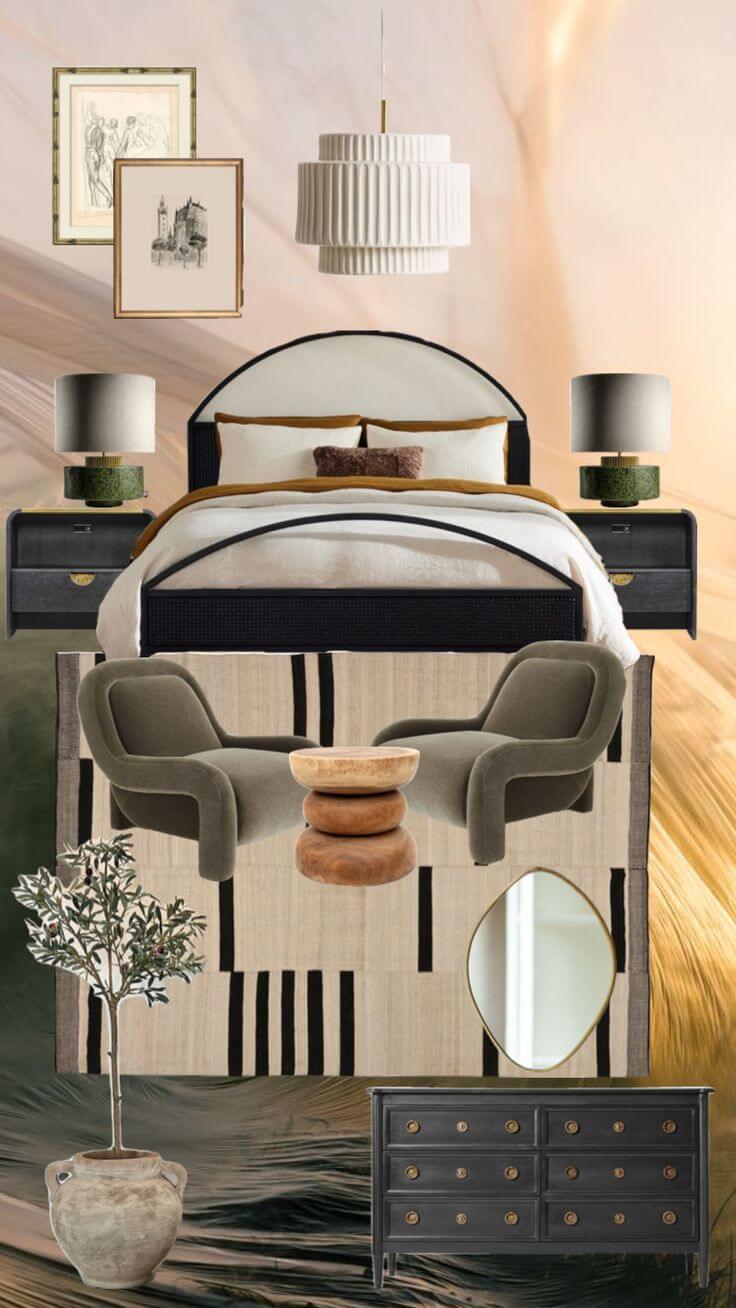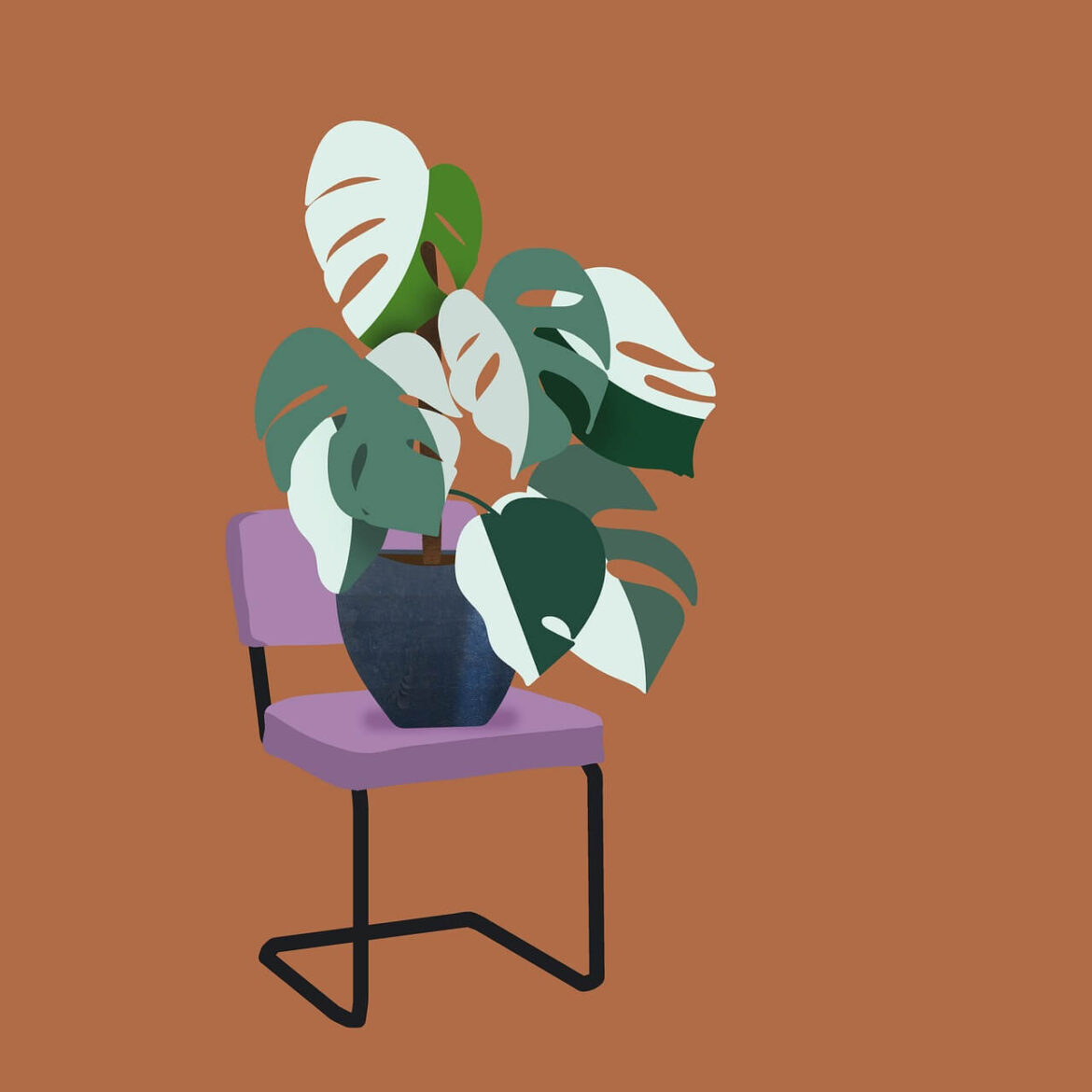
You need mood board ideas that actually work, because a clear vision = less impulse shopping and more design wins. Mood boards aren’t just for interior designers or creative types. They’re powerful tools that help you turn vague inspiration into a cohesive vision. When you can see the style, palette, and pieces together before buying, you make smarter, more confident design decisions.
Whether you’re decorating one room or tackling your entire home, a mood board gives you a visual roadmap. It helps you stay focused, avoid decision fatigue, and cut down on expensive impulse buys that don’t actually work in your space.
Herea are a few steps to create a mood board and gather ideas that actually work:
Step 1: Gather the Vibes
Start by collecting images that speak to you—not just what’s trending. Look for photos that make you pause, spark emotion, or just feel right. These could be:
- Rooms you’d love to live in
- Color combinations that make you happy
- Textures that feel inviting
- Shapes or silhouettes of furniture pieces
Pinterest is a popular place to start, but real-life experiences can be just as inspiring. Snap pics of stylish hotels, restaurants, retail spaces, or even nature. Inspiration is everywhere if you start noticing what draws you in.
Step 2: Spot the Patterns
Once you’ve gathered 20–30 images, take a step back and look for repeat elements. Ask yourself:
- What colors show up again and again?
- Are there design styles I’m consistently drawn to (like Scandinavian, boho, modern farmhouse)?
- Are specific materials or finishes appearing repeatedly (matte black, warm oak, brass, velvet)?
These common threads are clues to your interior style personality. You’re not just saving random pretty rooms—you’re uncovering your taste blueprint.
Step 3: Create Your Mood Board
Now it’s time to curate. Use a visual tool like Canva, Milanote, PowerPoint, or even Pinterest. Prefer something hands-on? Print your top picks and glue them to foam board or pin them on a corkboard.
Your board should include:
- 3–5 images of full rooms that match your vibe
- A clear color palette (bonus points if you include swatches or hex codes)
- 2–3 images of specific furniture pieces or finishes you love
- A few key words that define the emotional tone of your space (e.g., relaxed, fresh, moody, layered)
Step 4: Edit and Refine
Take a critical look at your board. Does everything work together? Does the board tell a clear visual story? If something feels off or out of place, trust that feeling and edit it out. The goal is harmony and direction—not clutter.
Ask yourself:
- Would I be happy living in a space that looked like this?
- Is anything on here just trendy, but not really me?
- Does this reflect how I want to feel in my home?
Final Thoughts
A great mood board is more than just a collage—it’s your design compass. It keeps you on track when you’re shopping, browsing, or second-guessing your choices. And when your vision is clear, every decision—from rugs to lighting—feels easier, more intentional, and more you.
So, before you fill up that cart, take time to create your mood board. It might just be the smartest first step in your design journey.


